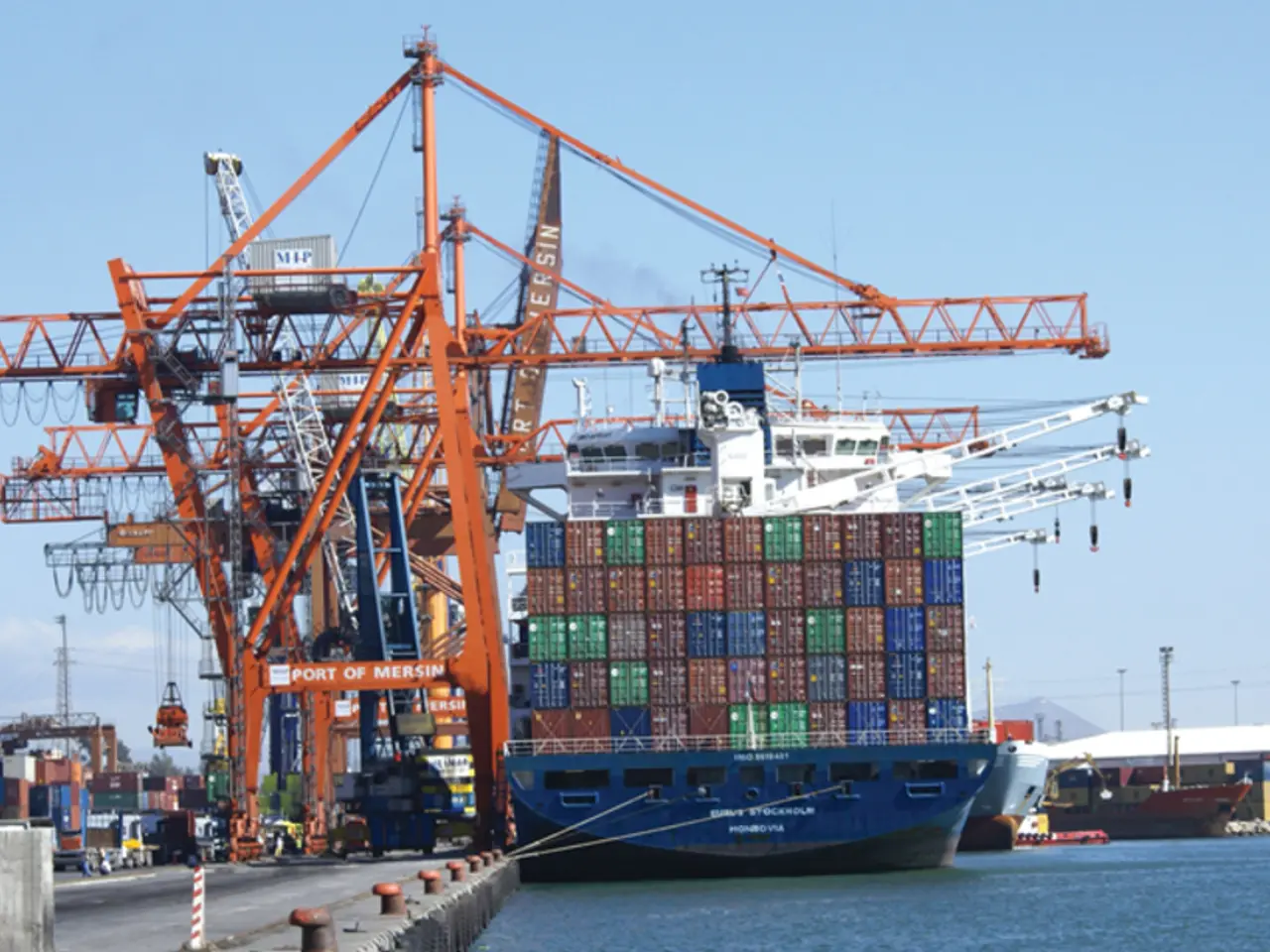Risk tolerance within institutions reaches a peak post-pandemic
In July 2025, institutional investors faced increased risk exposure due to policy shocks in the U.S., elevated credit risk concerns, and shifts in market sentiment, impacting their outlook for the rest of the year.
Key reasons for the heightened risk exposure include:
- U.S.-centric policy shocks disrupting global markets and weakening the U.S. dollar unusually, which unsettled asset prices across all classes and challenged traditional safe-haven dynamics, undermining confidence.
- Elevated corporate credit risk, especially in high-yield sectors, where as of July 2025 about 28% of high-yield companies were flagged as high or severe risk—nearly doubling since late 2024—reflecting growing concerns over defaults amid macroeconomic uncertainty.
- Large exposures in residential mortgage assets held by institutions such as Fannie Mae, with significant risk-weighted assets concentrated in performing and non-performing single-family loans as of mid-2025, signifying continuous credit risk from mortgage portfolios.
- Adjustment in private market investments, with some sophisticated institutional investors slowing new allocations due to saturation, liquidity concerns, and lower yields in private credit, prompting shifts toward public markets and more cautious risk-taking.
Implications for 2025 include:
- Institutional investors are entering Q3 2025 with more conviction but also heightened vigilance, reflecting a market environment where policy signals (inflation, employment, tariffs) heavily influence risk appetite.
- The uncertain macroeconomic backdrop and credit risk concentration may lead to more selective investment, increased capital expenditures monitoring (especially in technology sectors), and a cautious stance regarding private equity liquidity and valuations.
- The unusual weakening of the U.S. dollar amid risk-off episodes challenges long-held assumptions about the U.S. dollar as a global safe haven, potentially reshaping portfolio hedging and asset allocation strategies.
Equity allocations among institutional investors increased by 0.7% to 54.8% in July, which is the most optimistic equity positioning since November 2007. The State Street Risk Appetite Index, which tracks flows across 22 risk dimensions, including equities, fixed income, foreign exchange, commodities, and allocation trends, reached its highest level since November 2020 in July, at +0.54.
Michael Metcalfe, head of macro research at State Street Markets, suggested that investors believe the peak of uncertainty, whether geopolitical or policy-related, has passed. However, the contrast between institutional investor confidence and the ongoing decline in business confidence, especially in the U.S., is concerning, according to Metcalfe. Foreign demand for US Treasuries, UK Gilts, and French OATs remained weak, while cross-border equity flows were concentrated in Japan, China, and Brazil.
Positive readings on the Risk Appetite Index reflect net risk-taking, while negative ones indicate de-risking. The stabilization of sentiment toward the US dollar suggests that policy risks may have peaked, according to Metcalfe. Institutional investors continued to favor US consumer discretionary stocks, potentially indicating disruptions to their growth outlook. However, ongoing concerns around tariffs and domestic policy unpredictability in India contributed to weak demand for Indian equities.
In summary, July 2025 saw institutional investors grappling with policy-induced market dislocations, elevated corporate credit risks, and evolving private market dynamics, prompting a recalibration of risk exposure and investment strategies into the remainder of the year.
- Asset management strategies of institutional investors in 2025 would likely involve increased vigilance due to policy shocks, elevated corporate credit risks, and adjustments in private market investments, as these factors have challenged traditional safe-haven dynamics and impacted their investment outlook.
- In the realm of finance, the increased equity allocations among institutional investors and the heightened levels of the Risk Appetite Index in July 2025 indicate investors' cautious optimism, despite ongoing concerns such as the uncertain macroeconomic backdrop, elevated credit risk concentration, and policy risks that might reshape portfolio hedging and asset allocation strategies.




